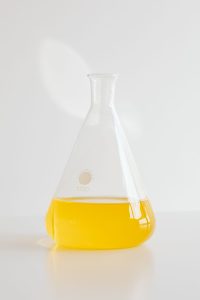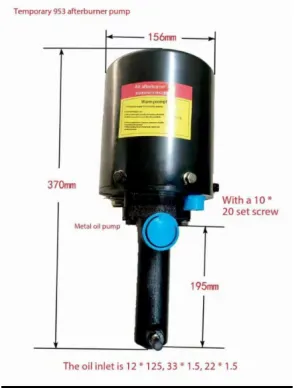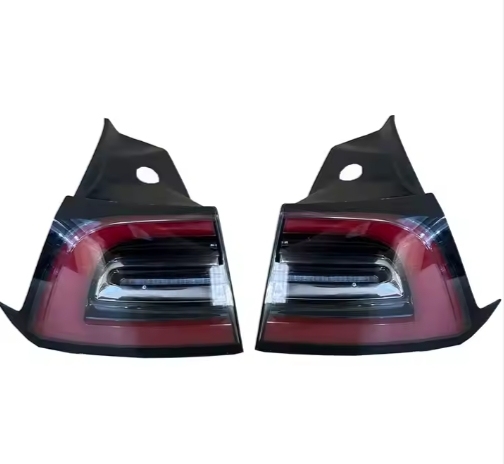
Introduction #
Pesticide adjuvants commonly used today. It enhances the spreading and adhesion of chemical liquid on plant surfaces. It is very important to effectively select a good wetting agent for designated crops and pesticides.
The surface layer of plants is mostly composed of waxy cornea. These substances constitute low-energy surfaces, and most pesticides are often applied in aqueous solutions. Since the surface tension of water is higher than the critical surface tension of this low-energy surface, it is usually difficult for the medicinal solution to spread when it comes into direct contact with plants. In order to improve the wettability of this system, some liquid is often added to the medicinal solution. Surfactant is a wetting agent. The wetting effect can be measured by the maximum concentration of active agent required when spreading on the leaves of various plants. Its essence is to reduce the surface tension of the liquid. In this way, it can significantly reduce water content. The active agent with high surface tension will also have a good wetting effect on water-soluble medicinal liquids.
For pesticides, the wetting effect not only increases the contact area between the liquid and the crop, but also plays an important role in maintaining the effective concentration of the pesticide, enhancing plant absorption, and improving the efficacy of the pesticide.
Function introduction #
Wetting agents are surfactants that reduce the surface tension of a liquid, increase the contact angle between the liquid and the object, and enable the liquid to be better distributed on the surface of the object. Its main functions are as follows:
1. Promote the dispersion and adsorption of liquid on the solid surface and improve the wettability of the solid surface.
2. Improve the permeability of liquid, making it easier to penetrate into the tiny pores on the solid surface.
3. Reduce the surface tension of the liquid and reduce the contact angle between liquids, thus improving the transmission speed and uniformity of the fluid.
Precautions #
The usage methods and precautions for wetting agents are as follows:
1. Please read the product manual carefully before use and use it in accordance with the instructions.
2. The usage amount of wetting agent needs to be controlled according to the specific situation. Excessive use may affect the coating surface.
3. The wetting agent should be used after cleaning the surface, and care should be taken to avoid contaminating the surface.
4. When using wetting agents, protective measures such as gloves and masks must be worn to avoid direct contact with the skin and respiratory system.
5. Improper use may cause harm to the body. If you feel uncomfortable, please seek medical treatment in time.

 April 1, 2024
April 1, 2024 










